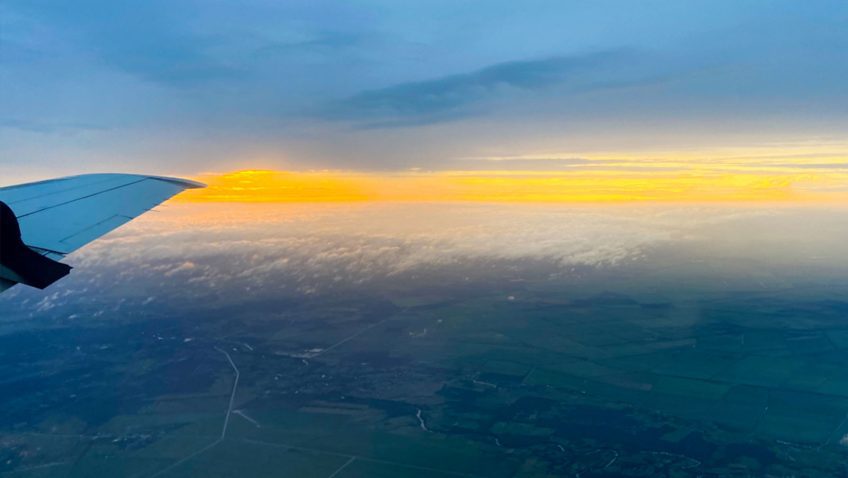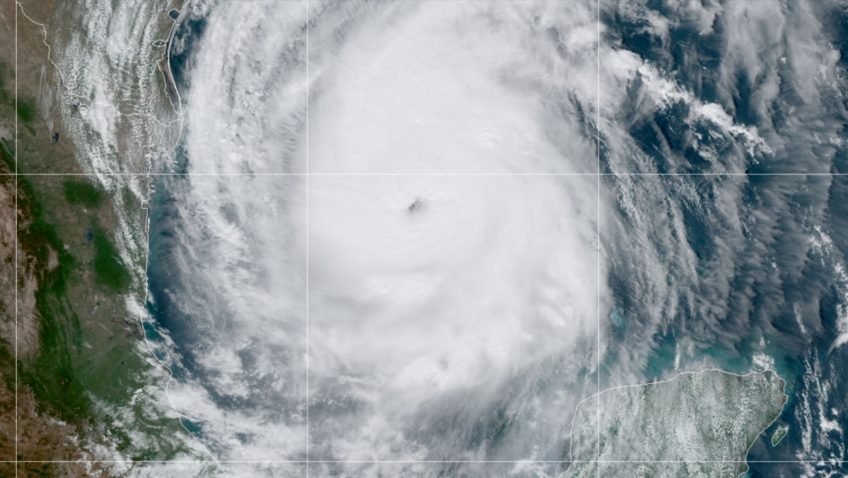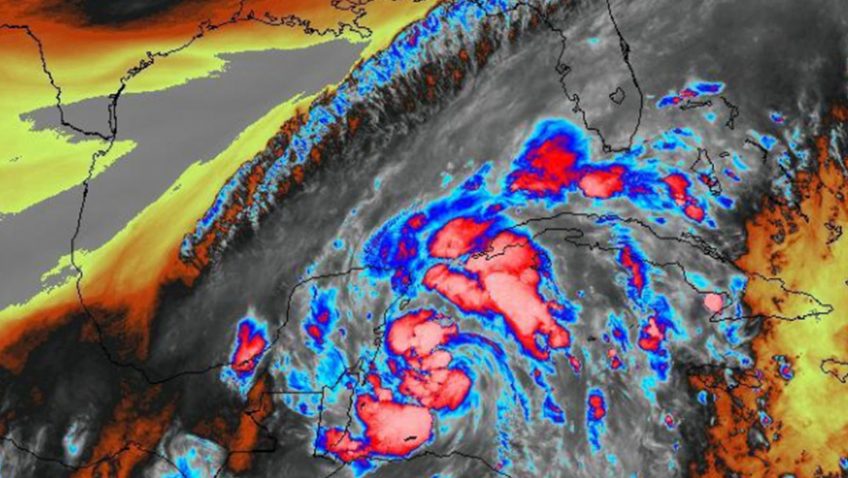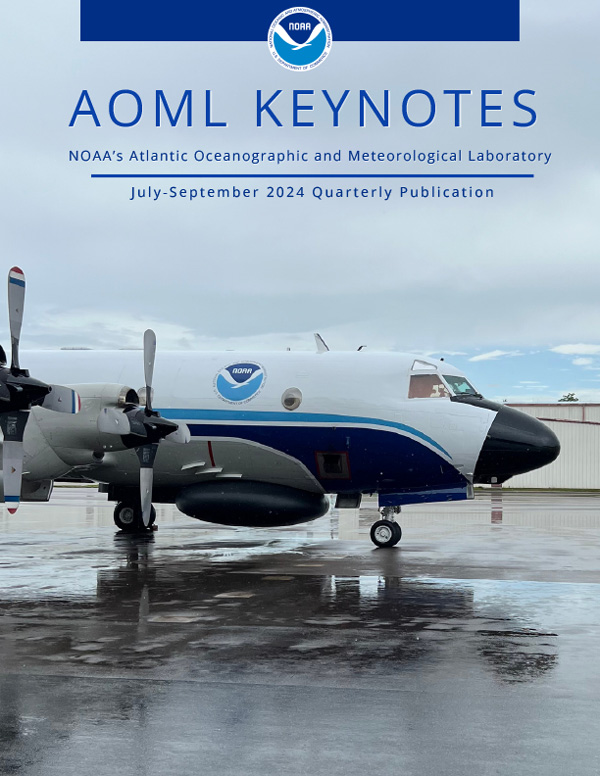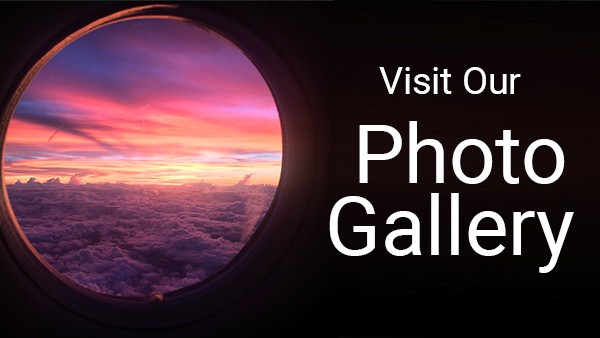Unlocking the ocean’s role driving hurricanes
Scientists at NOAA’s Atlantic Oceanographic and Meteorological Laboratory are now focusing on what happens where the sea meets the atmosphere to help solve the hurricane intensity problem. The place right above where the air meets the sea is called the planetary boundary layer. The ocean drives global weather. By building on past research, scientists have determined that factors in the boundary layer and underlying ocean such as salinity, temperature, currents, wave and wind patterns, precipitation, are crucial to understanding the energy that fuels a hurricane.


